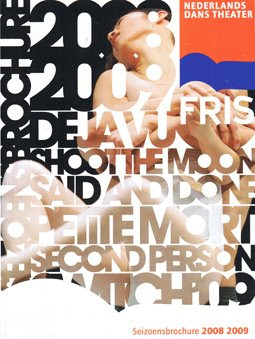Ajax play in one of the most distinctive strips in football; alongside such evocative and recognisable colours as the yellow, blue and white of
Brazil, the Blue/Black-Red/Black stripes of
Inter and AC Milan, the green and white hoops of
Celtic, and the 'Oranje' of the
Dutch national side themselves.


The story behind the development of the club crest is an interesting one. The first versions (1+2, see below) of the early 1900s featured a player in the team strip; this was originally red and white striped but had to be changed after the club's first promotion to the Dutch top flight. This was due to the fact that
Sparta Rotterdam, already there, sported an identical kit. A revision was ordered by the Dutch FA, and so the distinctive, broad red band on white jerseys with white shorts and socks has been worn by the club ever since.
In 1928 the crest was changed (3) to an image of Ajax The Great, a hero of Greek Mythology famed for his strength and skill. This badge became an iconic symbol of the club and its values, but a redraw (4) of the famous figure in 1990 was unpopular and caused
dismay among large groups of the support. Amongst other protests, a campaign named '
Geef Ajax z'n Gezicht Terug!' (Give Ajax it's face back!) demanded a return to the old design.
Perhaps the modern crest, used ever since, was a pioneering example of the development and modernisation of many football crests in recent years (Arsenal, below, would be another example. They simplified their crest in 2002: the
earlier versions incorporated the coat of arms of the Islington borough of North London, the club's home) The new Ajax crest leaned towards concept more common to the graphic designer than the football fan: the key to the redraw was the fact that the face of the Greek hero was painted with 11 lines, representative of the 11 players in the team.

































